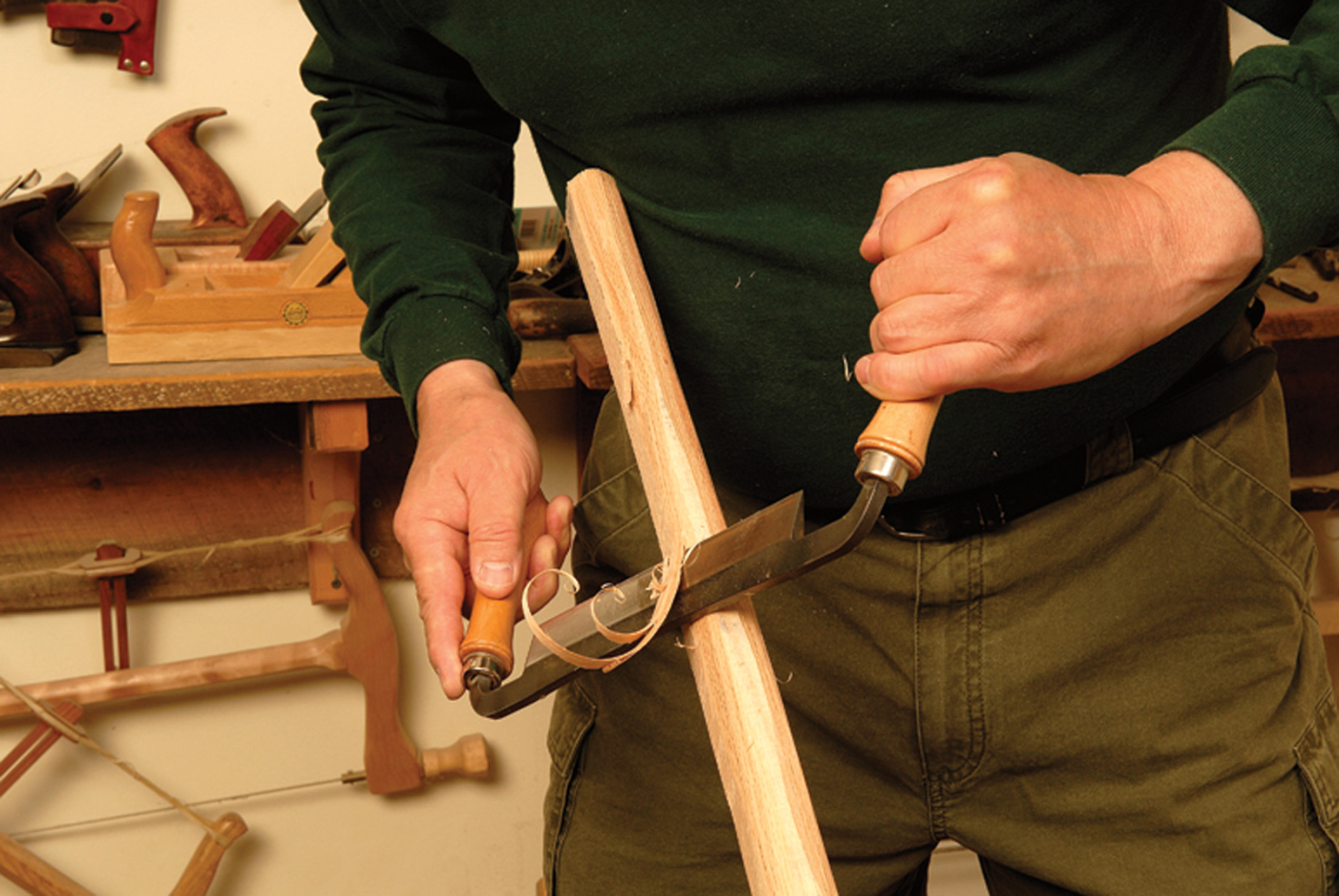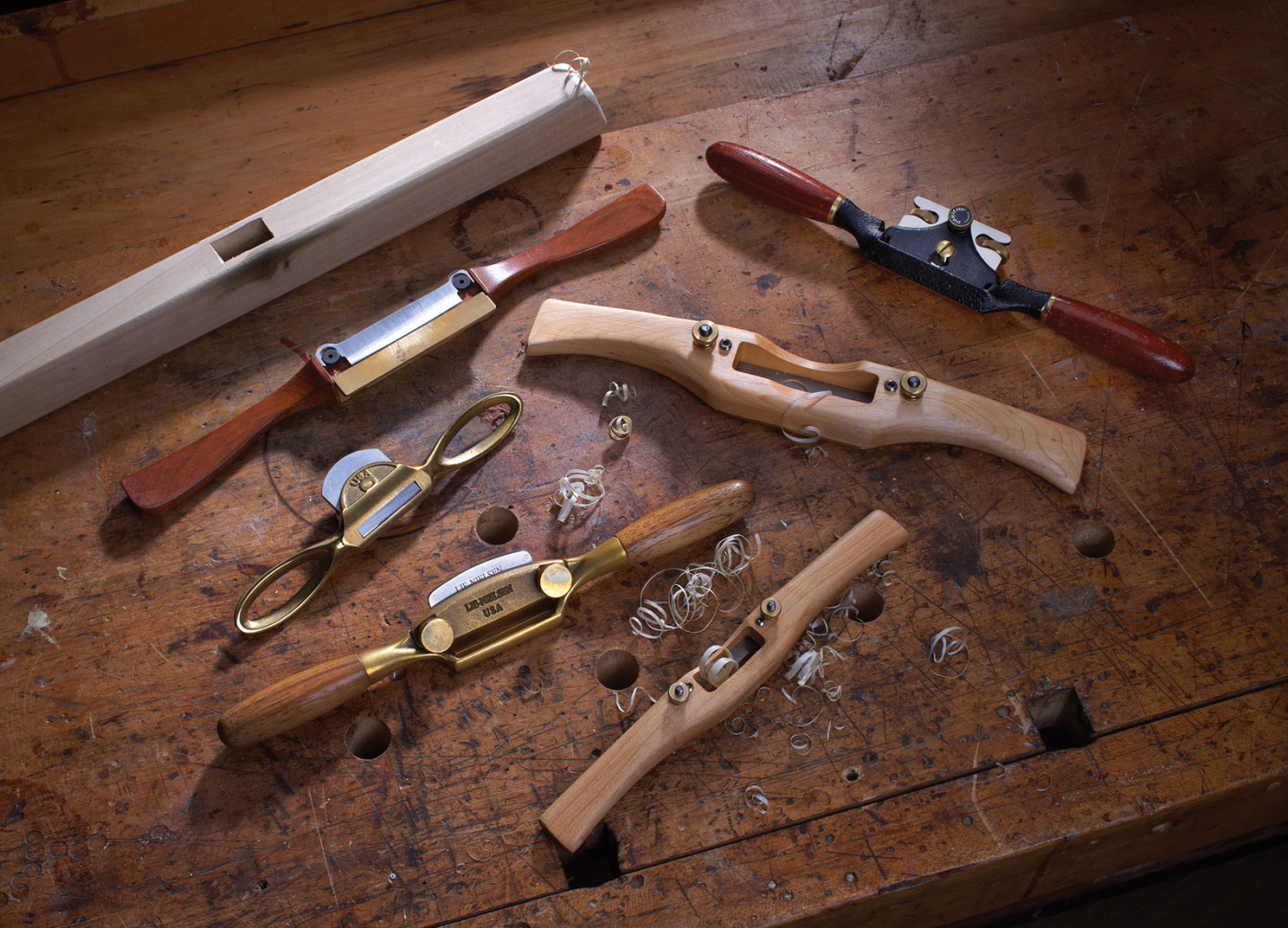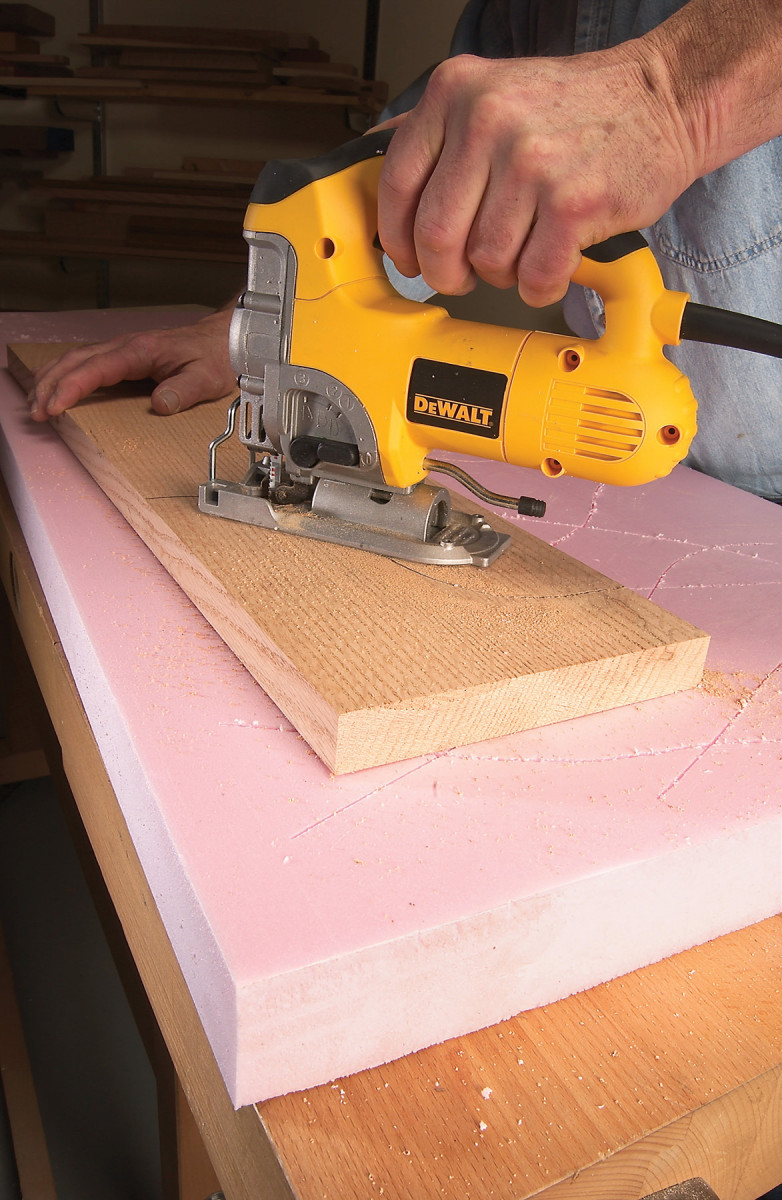-
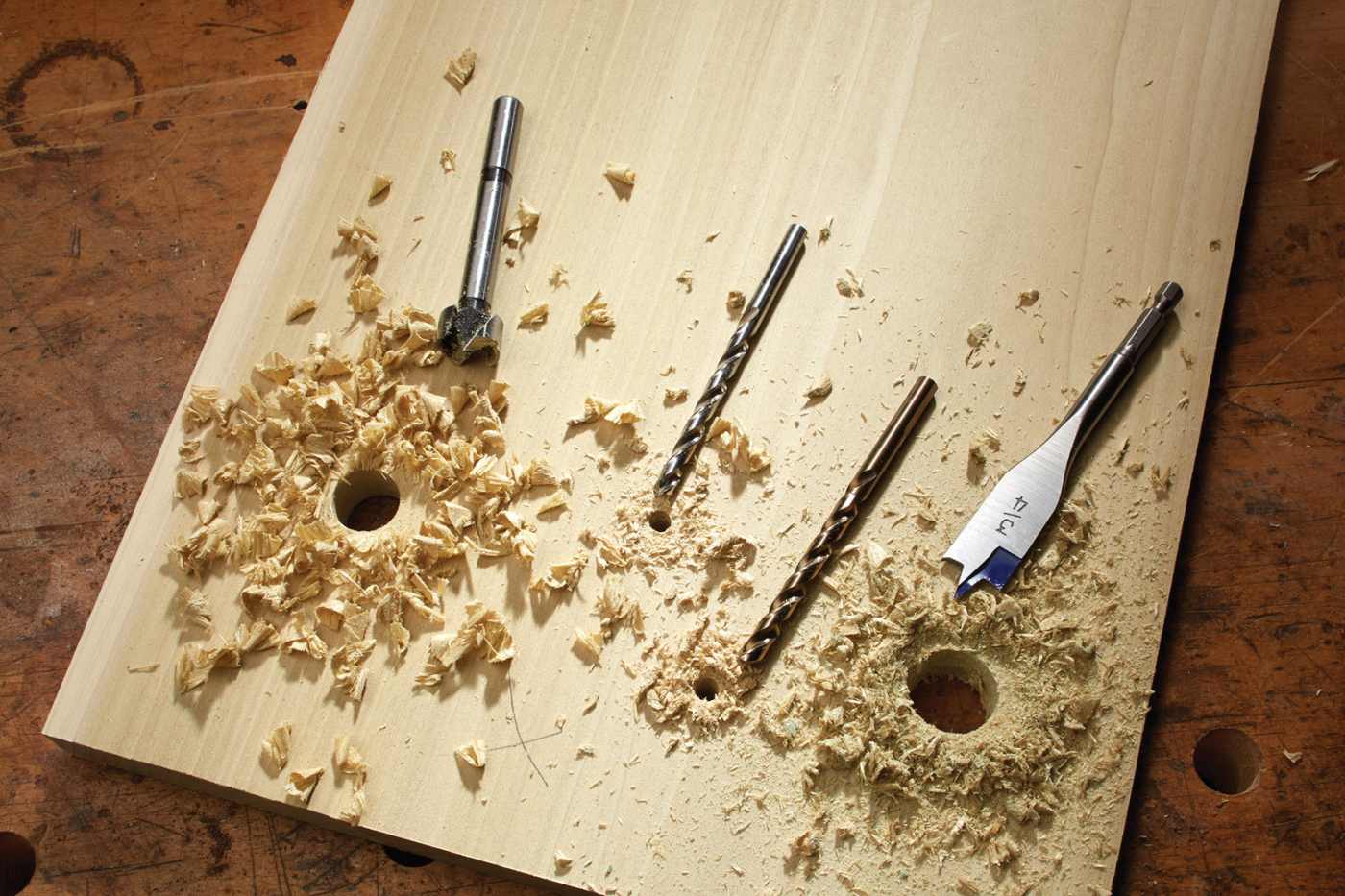
What's The Difference Between Drill Bits?
Read More -
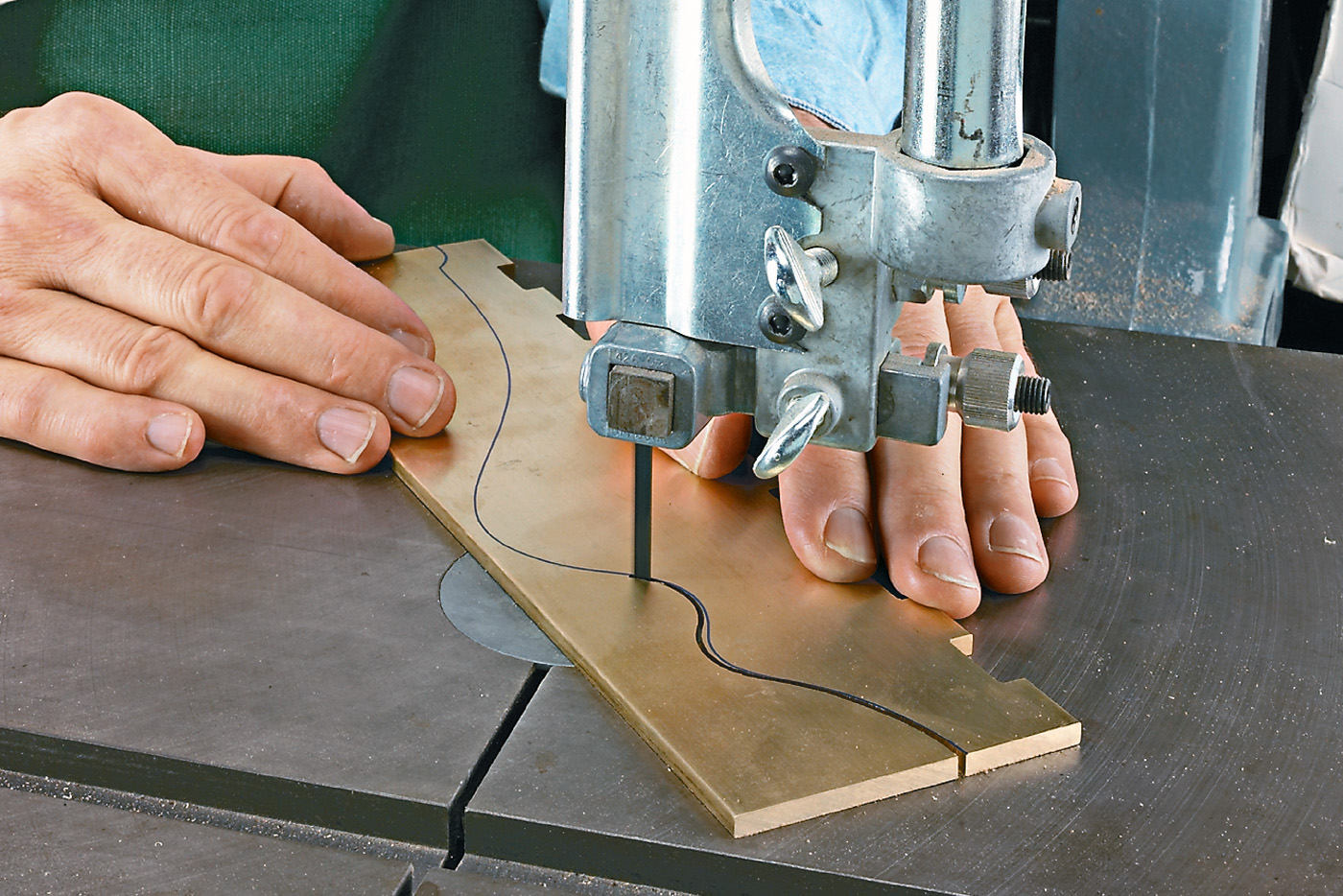
Working with Metals
Read More -
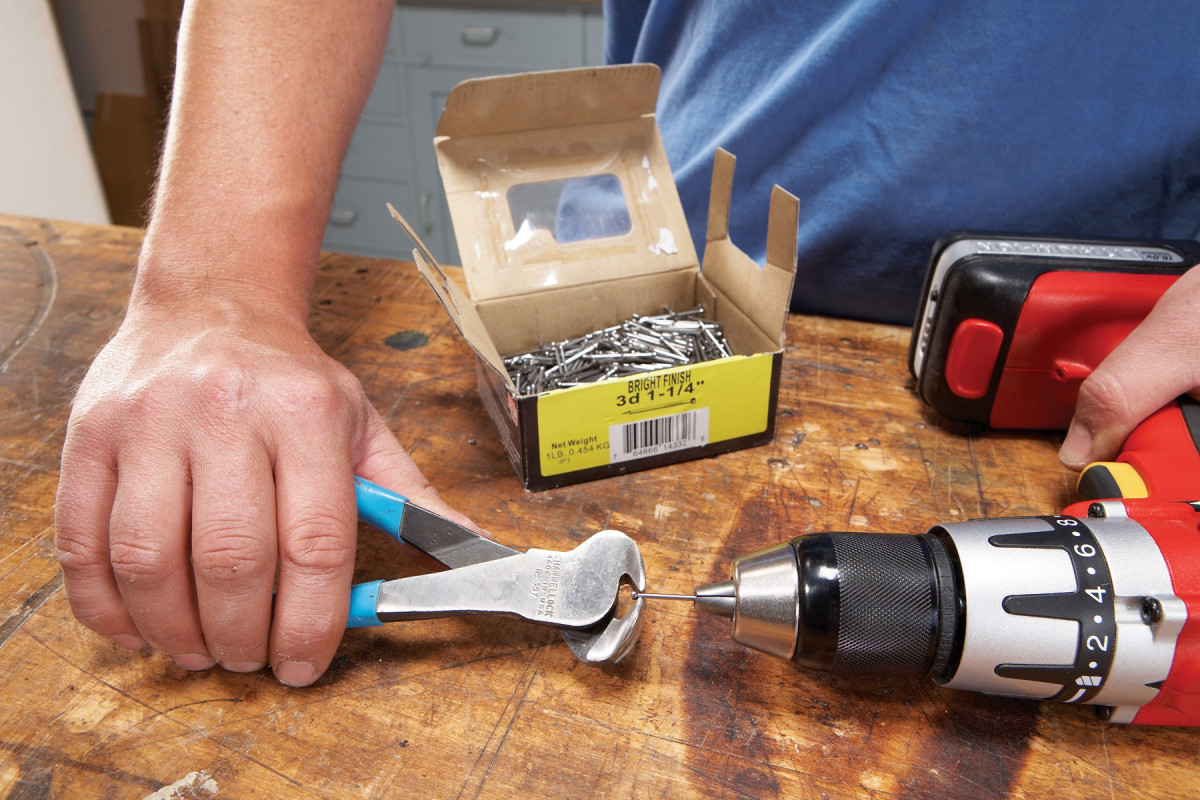
Drill Bits for Pennies
Read More -

Frankenstein's Pencil
Read More -

Tablesaw Assembly Clamp
Read More
Wood Finishing
Hand Tool Techniques
Joinery
Sawing Techniques
Workshop Tips
Marking and Measuring
FREE Project Plans
Join our email list and download your choice of 7 plans instantly. Plus get Popular Woodworking’s top projects and tips, special offers and product news.


















